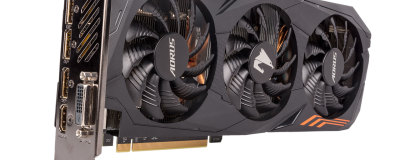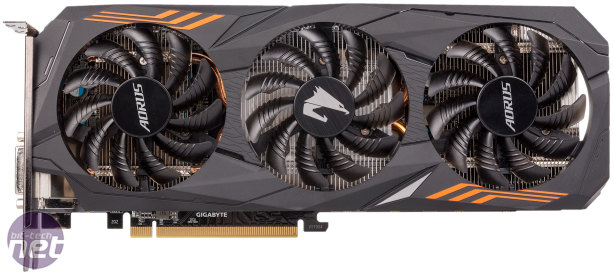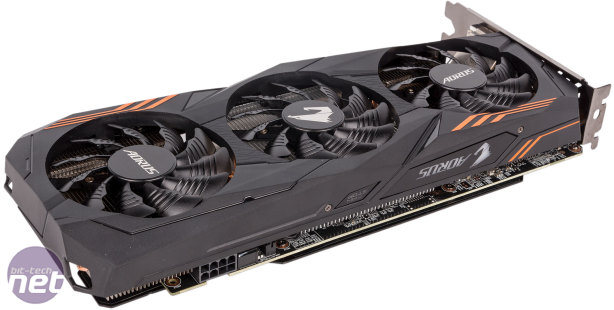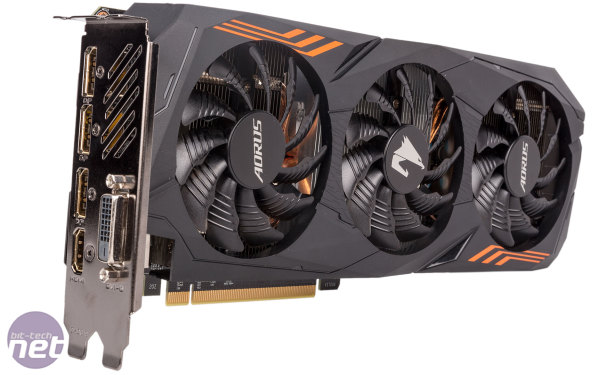Performance Analysis
As expected, the new, faster memory makes no real differences to the standings. This is a card that'll take care of all your 1080p gaming needs, and it'll handle itself well at 1440p as well, although more demanding titles will necessitate a reduction in settings from ultra to high, for example.This card is, on average, just over four percent quicker than a similar GTX 1060 6GB using 8Gbps memory. The advantage is bigger as you up the resolution, which makes sense, but gains of less than five percent aren't much to shout about. The improvement over a GTX 1060 3GB is at least more significant, especially in games like Battlefield 1 and Deus Ex where the 3GB frame buffer is clearly a bottleneck, but the same was true of GTX 1060 cards before the memory speed was increased.
Versus AMD, comparing it to the Sapphire RX 580 Nitro+ 8GB reveals the AMD card to hold an advantage in each of the DirectX 12 titles. The only game where this card wins is in Fallout 4; in the other DirectX 11 game, The Witcher 3, the cards are neck and neck. Our Doom benchmark isn't working for now, but we know from previous reviews that AMD wins comfortably here too.
In games, this card boosts well past its rated boost clock of 1,835MHz; we observed it running at 1,974MHz constantly when under load. Fan speeds settled at 50 percent after prolonged load, equivalent to 1,650 – 1,700 RPM), and while it's fairly quiet we were actually expecting even less noise given the card's size. That said, the delta T of 42°C is very low indeed, so there's no doubting the cooler's abilities, and you can clearly limit the fan speed manually without worrying about overheating. A system power consumption figure of 231W is impressive, too, and further evidence for the difference in efficiency between Nvidia and AMD.
Overclocked, the card gave us improvements of between four and eight percent, and it was boosting to almost 2,100MHz. The fans hit 52 percent (about 1,750 RPM), so noise output was barely any higher.
Conclusion
While this card certainly has many appealing features that we look for in GPUs – a decent factory overclock, a backplate, boosted power circuitry, and so on – it's hard to see it as a good buy at current prices. The Sapphire RX 580 Nitro+ 8GB has increased in price a lot since we reviewed it, possibly due to the fact that stock levels seem to have been obliterated, but you can still get (well, pre-order) a solid RX 580 8GB for £270 or so, which paints this card in a bad light when you look at the raw performance results.As before, the temperature and power figures might push certain consumers towards the GTX 1060 instead (small form factor builds come to mind), but even then the price premium that the 9Gbps memory demands over the 8Gbps SKUs is too high for our liking, and we think you'd be better off sticking to regular GTX 1060 6GB cards. Right now, however, it's probably best waiting for more RX 580 stock to arrive, as this could impact prices for both the red and green team.

MSI MPG Velox 100R Chassis Review
October 14 2021 | 15:04












Want to comment? Please log in.